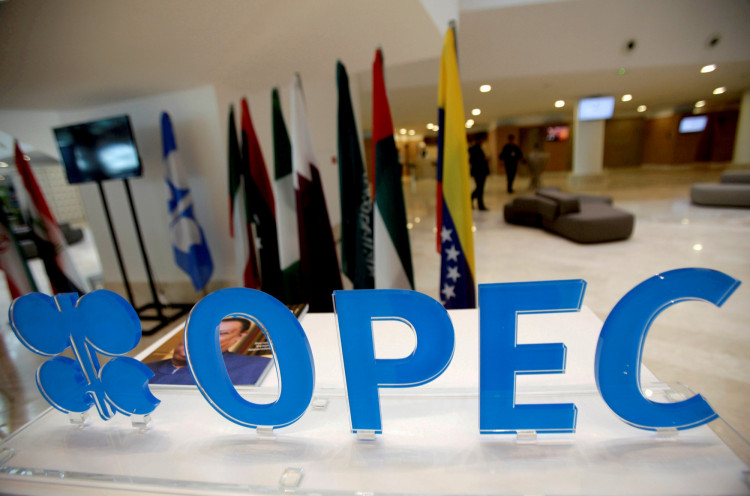OPEC's latest monthly report remains upbeat about the rise in global oil demand for the next two years. It highlighted that Saudi Arabia, the world's largest oil exporter, voluntarily cut production by 1 million barrels per day from July to September, leading to the most significant drop in oil inventories in two years.
OPEC anticipates daily global oil consumption in 2023 to increase by 2.44 million barrels, reaching an average of 102 million barrels per day. In 2024, demand is expected to grow by another 2.25 million barrels daily, consistent with previous monthly forecasts.
On the supply front, Saudi Arabia followed through on its promise in July, slashing its output by almost 970,000 barrels to 90.21 million barrels daily. This significant cut drove the overall OPEC production down by 836,000 barrels, standing at 27.31 million barrels per day.
Meanwhile, Russia, another leader within the OPEC+ alliance, decreased its crude production by 100,000 barrels, totaling 9.5 million barrels per day. This adjustment means Saudi Arabia's oil production is now slightly below Russia's.
The report indicated that if Saudi Arabia maintains its cuts in August and September, OPEC's average Q3 production would hover around 27.30 million barrels per day, leading to a supply gap of about 2.26 million barrels compared to daily demand.
This could result in the steepest decline in global oil reserves since the latter half of 2021. In tandem with this, oil stockpiles in developed nations have dropped below the five-year average. Brent crude has surpassed $88, marking its highest level since January of this year.
Currently, analysts and market players expect the production cuts from OPEC+ (which include significant voluntary reductions from Saudi Arabia and decreased oil exports from Russia) to tighten market supplies for the remainder of the year. OPEC's latest monthly report echoed this sentiment, expressing optimism about the oil market's fundamentals in the second half of the year.
In July, oil production in OPEC member nations saw Libya's output drop by 52,000 barrels per day and Nigeria's by 40,000 barrels per day. In contrast, Iraq, Iran, Angola, and Venezuela reported increased production. Notably, Libya, Iran, and Venezuela are not part of the OPEC+ production-cut agreement.
The report also slightly adjusted its growth forecasts for the global economy in 2023 and 2024, each by 0.1 percentage points, to 2.7% and 2.6% respectively. U.S. GDP projections for this year were also revised upward, from 1.4% to 1.8%. The report mentioned, "By 2024, robust global economic growth and continuous improvements in China's economy will bolster oil consumption. Given the healthy fundamentals of oil in the latter half of the year, OPEC+ will take a proactive and cautious stance in assessing market conditions, taking necessary actions as needed to ensure the stability of the global oil market."
However, the report also cautioned: "Despite recent positive developments, uncertainties about economic growth in the second half of 2023 and 2024 need close monitoring. This includes ongoing high inflation and the prospect of further interest rate hikes by central banks in Europe and the U.S."
OPEC+, comprising 23 oil-producing nations, plans to reconvene at the end of November to revisit production policies. Several significant oil-consuming nations have previously criticized the alliance for limiting production, warning that escalating inflation could further burden consumers. Nevertheless, Saudi Arabia hinted last week that if necessary, it might consider extending or even expanding its production cuts beyond September.






